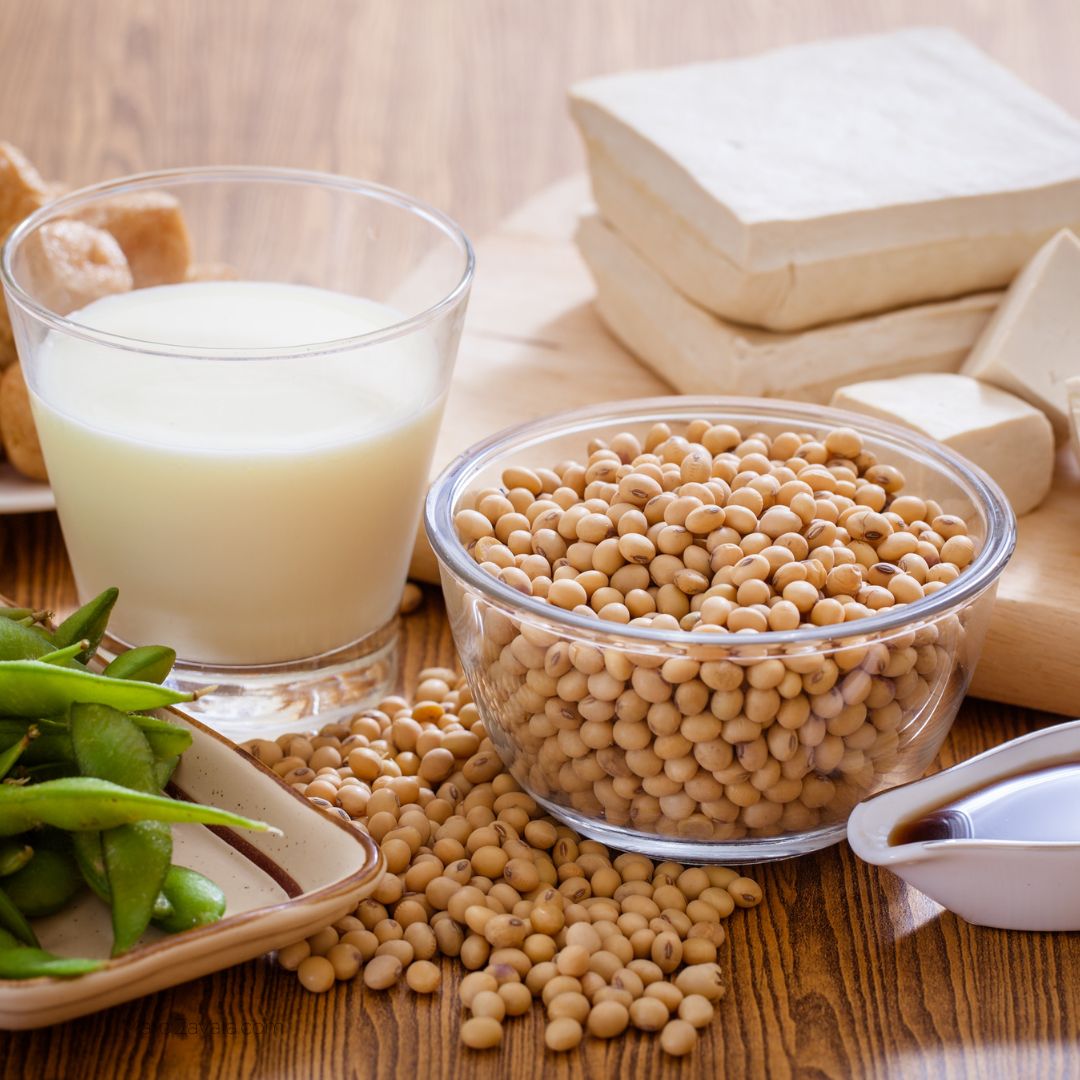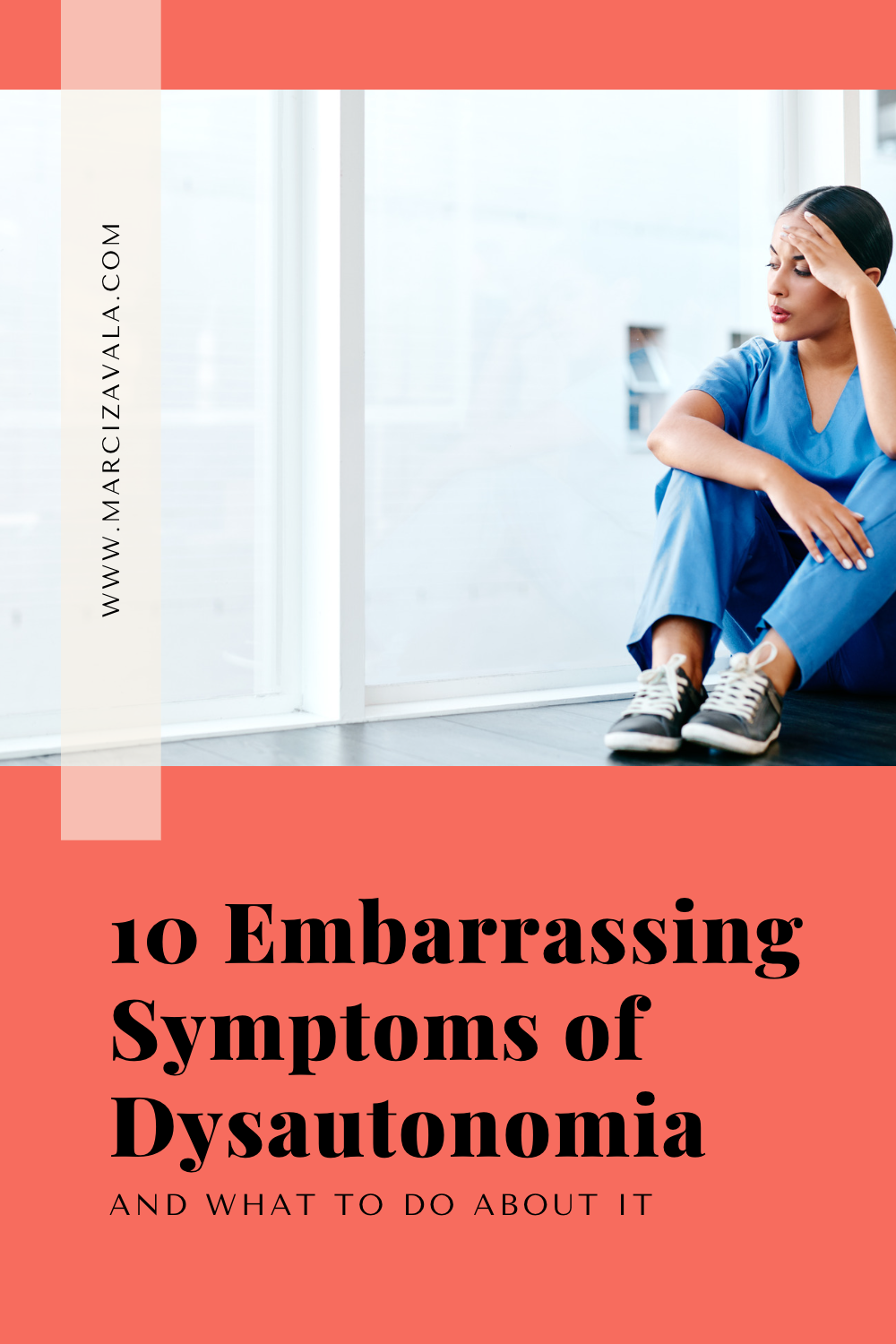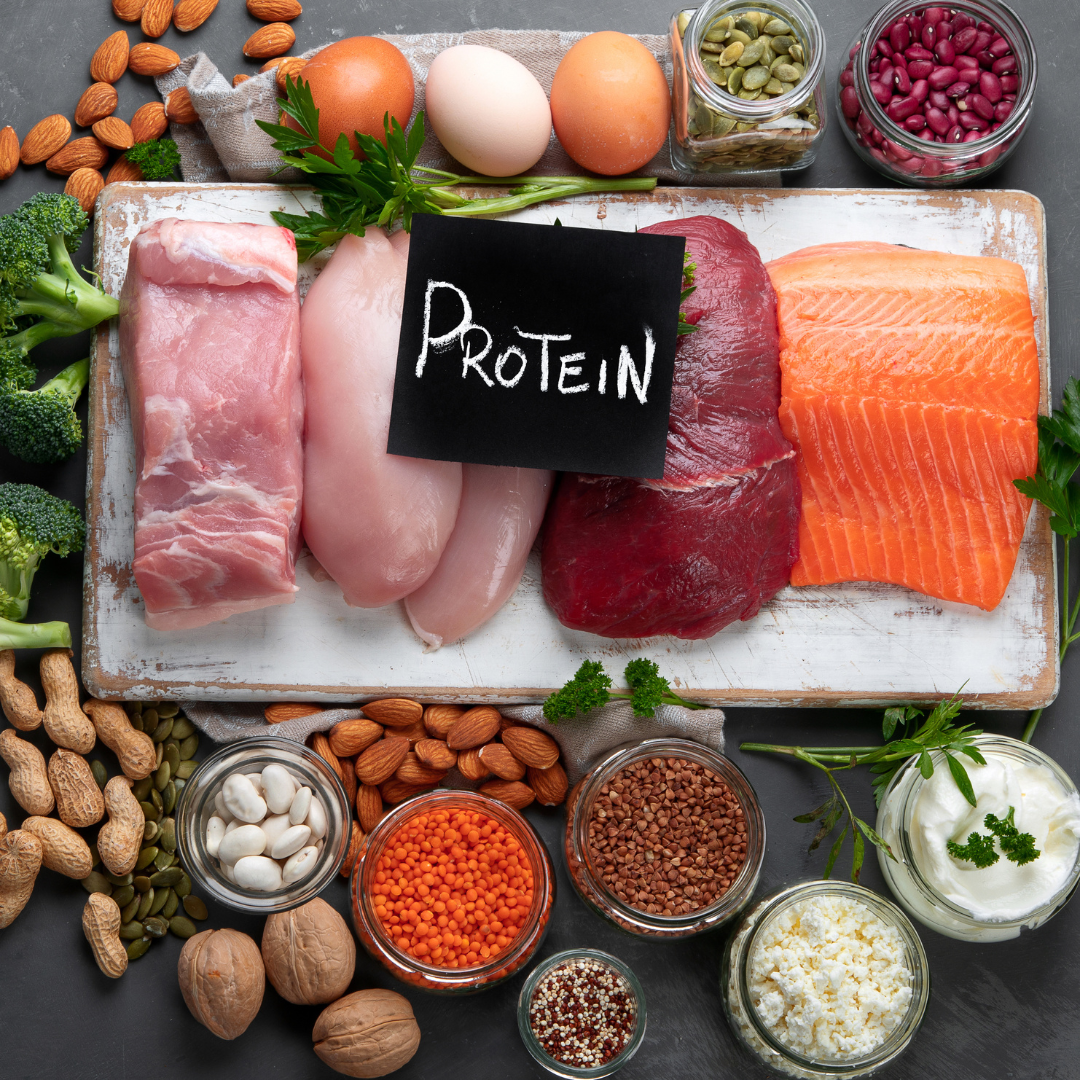D is for Diet – specifically debunking common diet “rules” that continue to circulate in healthcare spheres.Diet advice changes from year to year, but a few pieces of well-intentioned advice tend to stick around longer than others.The word “diet” has become synonymous with ideas of …
April 29, 2023
read more
C is for Calcium supplements, Vitamin C, and CarnivoreCalciumCalcium is the most abundant mineral in the human body. It is required for vascular contraction, vasodilation, proper muscle function, nerve transmission, intracellular signaling, and hormonal activity. Our body uses itself (the bones) as a natural reservoir …
April 29, 2023
read more
Vitamins play a major role in all of our body functions and necessary for life itself.B Vitamins are perhaps one of the most widely known energy sources. I discussed a few of the B vitamins in a previous post about anemia. There are a total of …
April 29, 2023
read more
Z is for ZebrasHave you seen the meme “Please don’t confuse your google search with my medical degree”?It’s a very wise saying – especially in today’s internet engorged society.Have you used your favorite search engine to diagnose yourself? I’d bet it had you on your deathbed …
April 29, 2023
read more
Dysautonomia is not that rare, it’s just not well recognized. Unfortunately, physicians are not well educated on Dysautonomia and patients get labeled as “difficult” or “it’s all in their head”, or worse. If you feel like you have symptoms or illnesses that your healthcare provider can’t find solutions for, explanations as to what it is, […]
April 22, 2023
read more
Dysautonomia is very misunderstood. Adding embarrassment only compounds the desire to isolate. Being prepared for upcoming symptoms will give you confidence and insight into patterns that may be avoidable in the future. Dysautonomia is a medical condition that affects the autonomic nervous system, which controls involuntary bodily functions such as heart rate, blood pressure, digestion, […]
April 21, 2023
read more
A is for … ANEMIAStarting at the beginning of the alphabet, at the beginning of a new year seems appropriate. Anemia is the lack of enough healthy red blood cells (RBC) to carry enough oxygen (O2) to your entire body. When your tissues don’t have the …
April 21, 2023
read more
We are made up of about 20% protein. Protein is used in cells, tissues, organs, nerves, and muscles. Protein is vital to creating, rebuilding, and managing all of our bodies systems.When digested properly and broken down, it’s an essential building block for enzymes, hormones, antibodies, …









